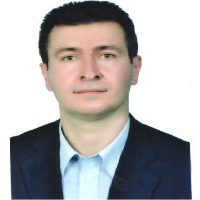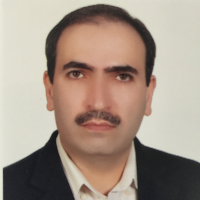Heavy metal concentration of lead, copper, cadmium and mercury in edible tissues of Spiny Oyster (Saccostrea cucullata) and Indian white prawn (Penaeus indicus) from northern coasts of the Oman Sea
This study was conducted to compare heavy metal concentrations including: Pb, Cu, Cd and Hg in the muscle tissues of Spiny Oyster (Saccostrea cucullata) and Indian white prawn (Penaeus indicus) in the northern coasts of the Oman Sea in the pre (autumn) and post (spring) Monsoon 2017, respectively. 96 samples from the aforementioned fishes were taken from 5 different station including: Jask port, Darak port, Pozm port, Chabahar Golf and Goatre port. Wet Digestion method is applied to extract the considered metals from the tissues, and the concentrations of the heavy metals were measured by atomic absorption spectrometer. Results showed that there are statistically significant differences between concentrations of Pb, Cu, Cd and Hg the metlas of both species among different stations (p<0.05). Comparison of heavy metal accumulation in the pre and post monsoon condition also, showed a significant difference in the cadmium concentration in the mussel of Spiny Oyster and copper concentration in the muscle of Indian white prawn (p<0.05). The comparison of results of heavy metal concentrations with international standards including WHO, FDA, NHMRC and National Iranian Standards Organization demonstrated that amount of lead in the Oyster muscle was higher than the determined proportions WHO. The amount ofcopper concentration in the muscle of spiny Oyster and Indian white prawn was higher than the determined proportions of WHO and NHMRC. Cadmium concentration in the both species was higher than amounts of reported by NHMRC and the National Iranian Standards Organization and mercury concentration was higher than the determined proportions of WHO. Results from this study demonstrate the need for an ecosystem approach towards sustainable management of reservoirs. This will curb aquatic pollution which is a health risk to people consuming aquatic resources contaminated with heavy metals.
- حق عضویت دریافتی صرف حمایت از نشریات عضو و نگهداری، تکمیل و توسعه مگیران میشود.
- پرداخت حق اشتراک و دانلود مقالات اجازه بازنشر آن در سایر رسانههای چاپی و دیجیتال را به کاربر نمیدهد.



